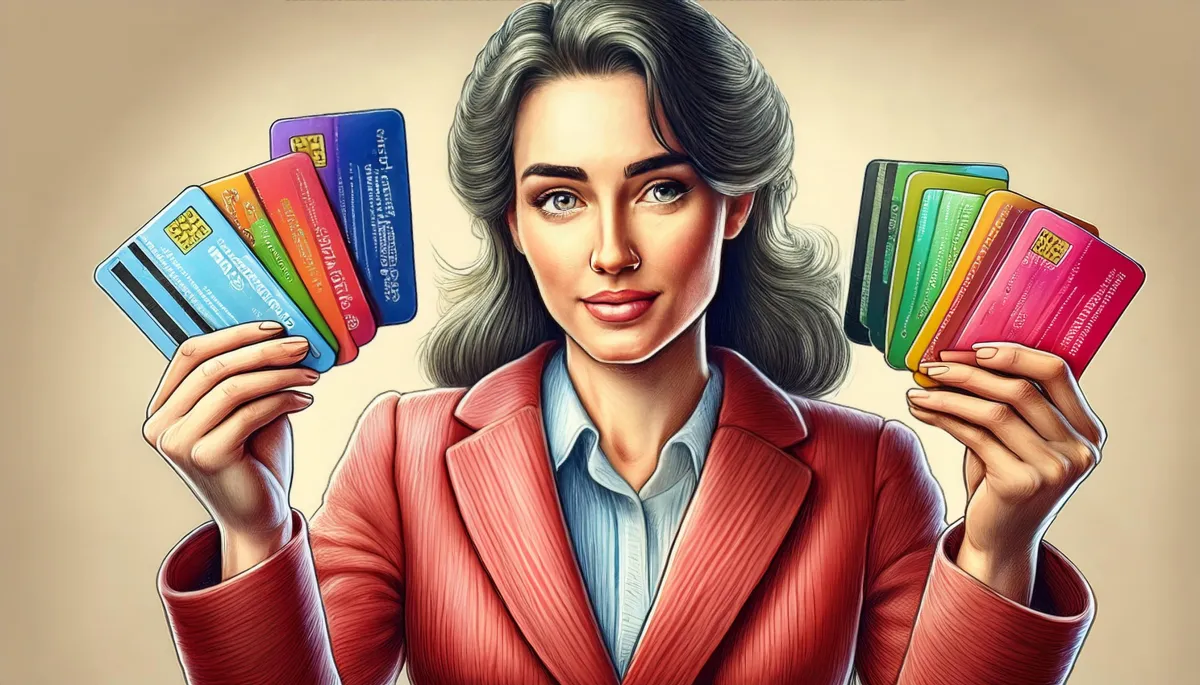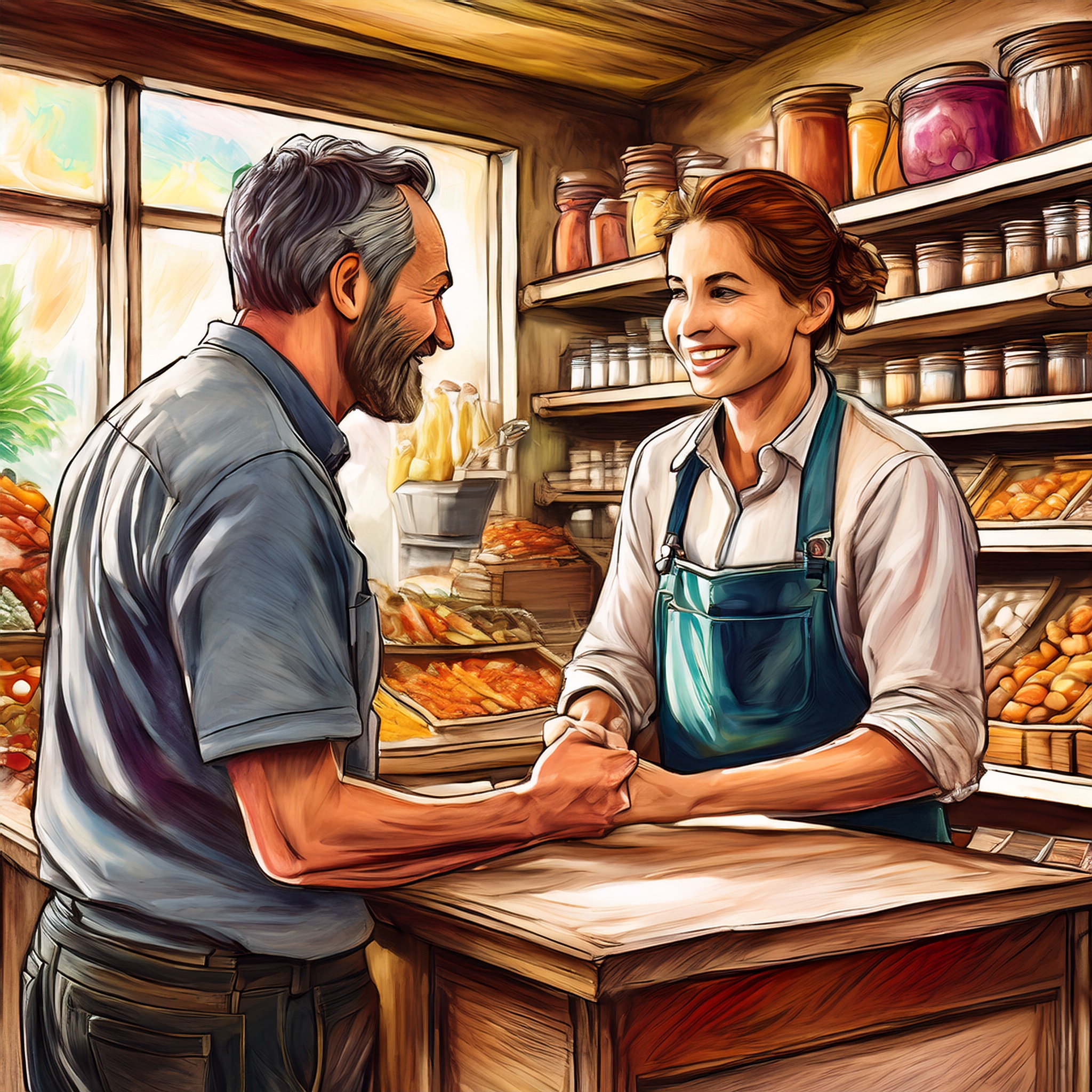
Relearning What Loyalty Really Means
The Shift Beneath the Surface
For decades, brand loyalty was a simple equation. Make a good product, reward repeat buyers, and trust would follow. But by 2025, that formula feels broken. Customers are still buying, but they’re no longer bonded. The old loyalty metrics—points earned, cards scanned, emails opened—no longer signal commitment. They signal habit.
And habits, as many brands are learning, can change overnight.
This isn’t about customer churn or rewards fatigue. It’s about something deeper: the emotional distance growing between people and the brands they once felt connected to.
Too Many Promises, Too Little Meaning
Loyalty programs used to feel personal. You joined one because it made you feel valued. Today, most feel like copy-paste commerce—same discounts, same birthday emails, same “exclusive” perks that anyone can get with a sign-up.
The promise of belonging has been replaced by transactions. A recent study showed that over 70% of consumers are enrolled in at least three loyalty programs, but fewer than half regularly use them. The reason isn’t convenience—it’s indifference.
When everyone is “special,” no one really is.
The Emotional Deficit
What customers want now isn’t more points. It’s purpose. The brands that still earn genuine loyalty are the ones that connect with who people believe themselves to be.
That’s why outdoor brands build communities around sustainability instead of sales. It’s why small local shops still thrive despite higher prices—because their value feels rooted in recognition, not reward.
Customers are asking a quiet question with every interaction: Do you actually see me, or just my data trail?
For many brands, that’s a question they’ve stopped knowing how to answer.

Rebuilding Trust Through Reciprocity
Loyalty in 2025 can’t be automated. It has to be earned through mutual value. That begins with transparency—showing customers not just what they get, but what they’re part of.
Some brands are already leading the way:
Fashion labels that offer repair and recycling programs instead of just discounts.
Retailers that give customers voting power on new product launches.
Food chains that tie reward redemptions to community causes.
These are not gimmicks. They’re acts of reciprocity. They remind customers that loyalty is a relationship, not a retention tactic.
From Transactions to Shared Identity
The strongest brands today understand that loyalty comes from alignment, not accumulation. The best programs don’t just reward purchases—they reward participation. They invite people to stand for something.
In that sense, loyalty has become less about keeping customers and more about belonging together. When customers feel aligned with a brand’s values, they stay—not because of a discount, but because leaving would feel like stepping away from a part of themselves.
What Comes Next
The next chapter of loyalty will look less like marketing and more like membership. It will favor depth over reach, conversation over conversion. The metrics will change, too—tracking how often customers contribute, not just consume.
For leaders, that means asking different questions:
What emotion does our brand represent?
How do we show appreciation beyond purchase history?
What does staying loyal feel like for our customers?
Loyalty, it turns out, isn’t a number you can grow. It’s a feeling you have to earn.
The Quiet Rebellion of Choice
When customers walk away now, they rarely slam the door. They simply drift. They buy less often, engage less deeply, and stop noticing you at all. It’s not anger—it’s apathy.
That quiet rebellion is what makes 2025 such a pivotal year. Every brand is being reintroduced to its customers, sometimes for the first time. The ones that win won’t be the loudest or the cheapest. They’ll be the ones that remember what loyalty used to mean before it became a strategy.
Because in the end, people don’t stay loyal to programs. They stay loyal to principles.
